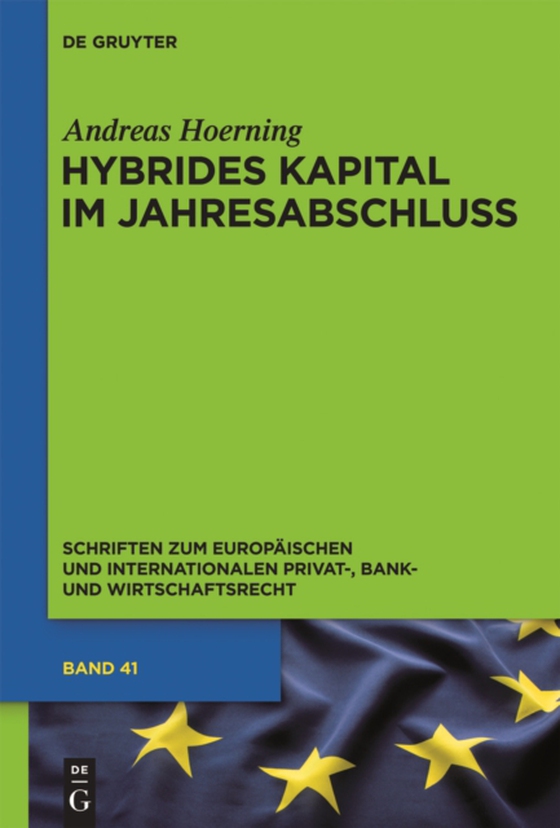
Hybrides Kapital im Jahresabschluss e-bog
This book deals with the presentation of hybrid financial instruments in financial statements (IFRS and German accounting rules/HGB). It is situated at the interface between different fields of law: contracts, company law, insolvency law, and accounting law. In addition, it contains comparisons to banking supervision law and the methodologies on hybrid capital used for credit ratings. Hybrid financial instruments are situated between equity and debt, thus the different notions of equity in public and private ordering form the core of this work.
Part 1 describes four of the most important hybrid instruments: subordinated debt, participation rights (Genussrechte), silent partnerships, and hybrid bonds. Part 2 deals with the relevance of certain contractual clauses ('modules') in capital/credit agreements, e.g. the different forms of subordination, for the users of financial statements. A deep-dive shows the effects of specific modules before and in case of insolvency of the capital recipient. Part 3 shows how the relevant information on hybrid capital is presented in financial statements (IFRS and HGB), including the proximity of an instrument to 'pure' equity or debt.
 Dansk
Dansk

